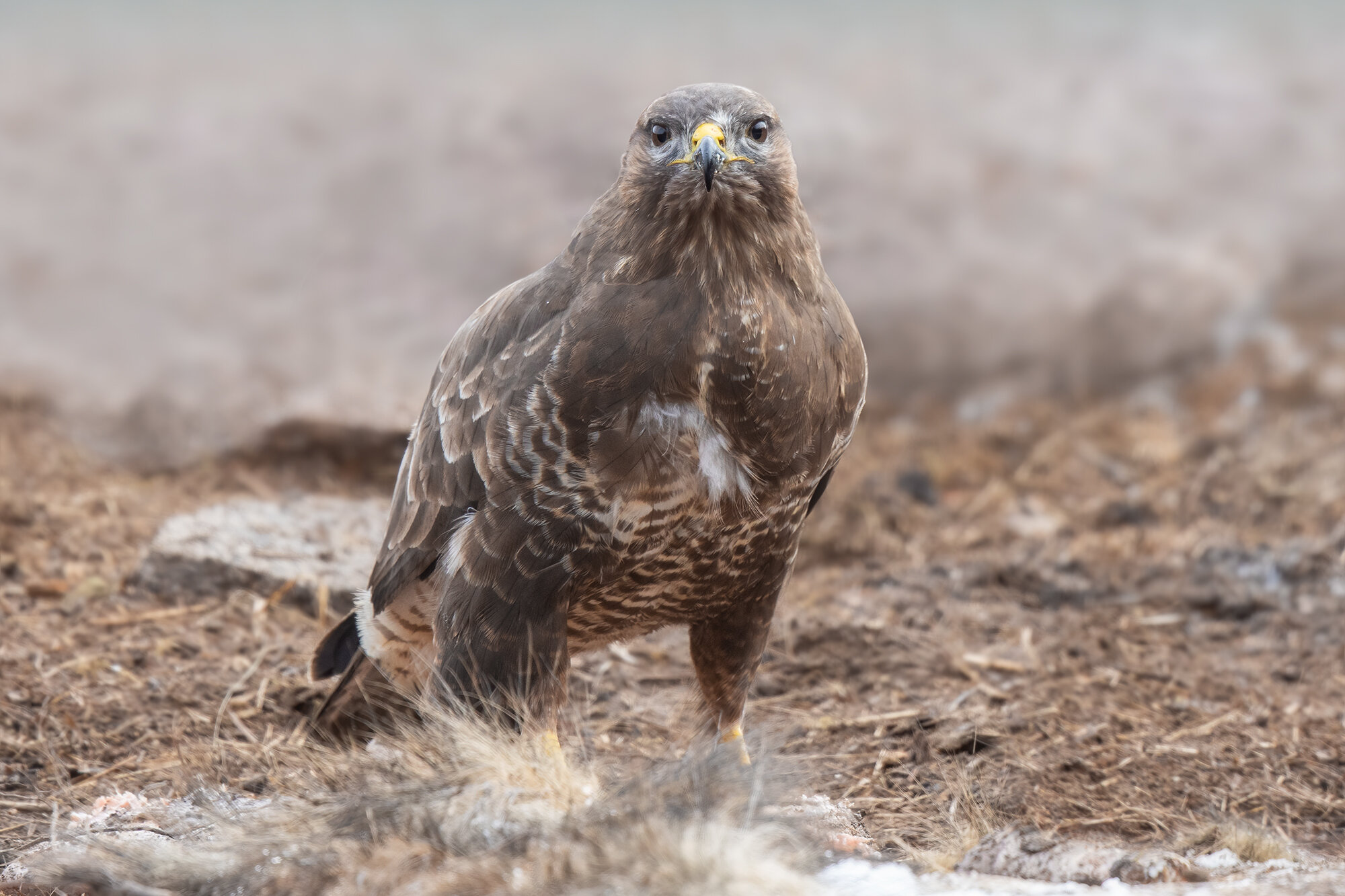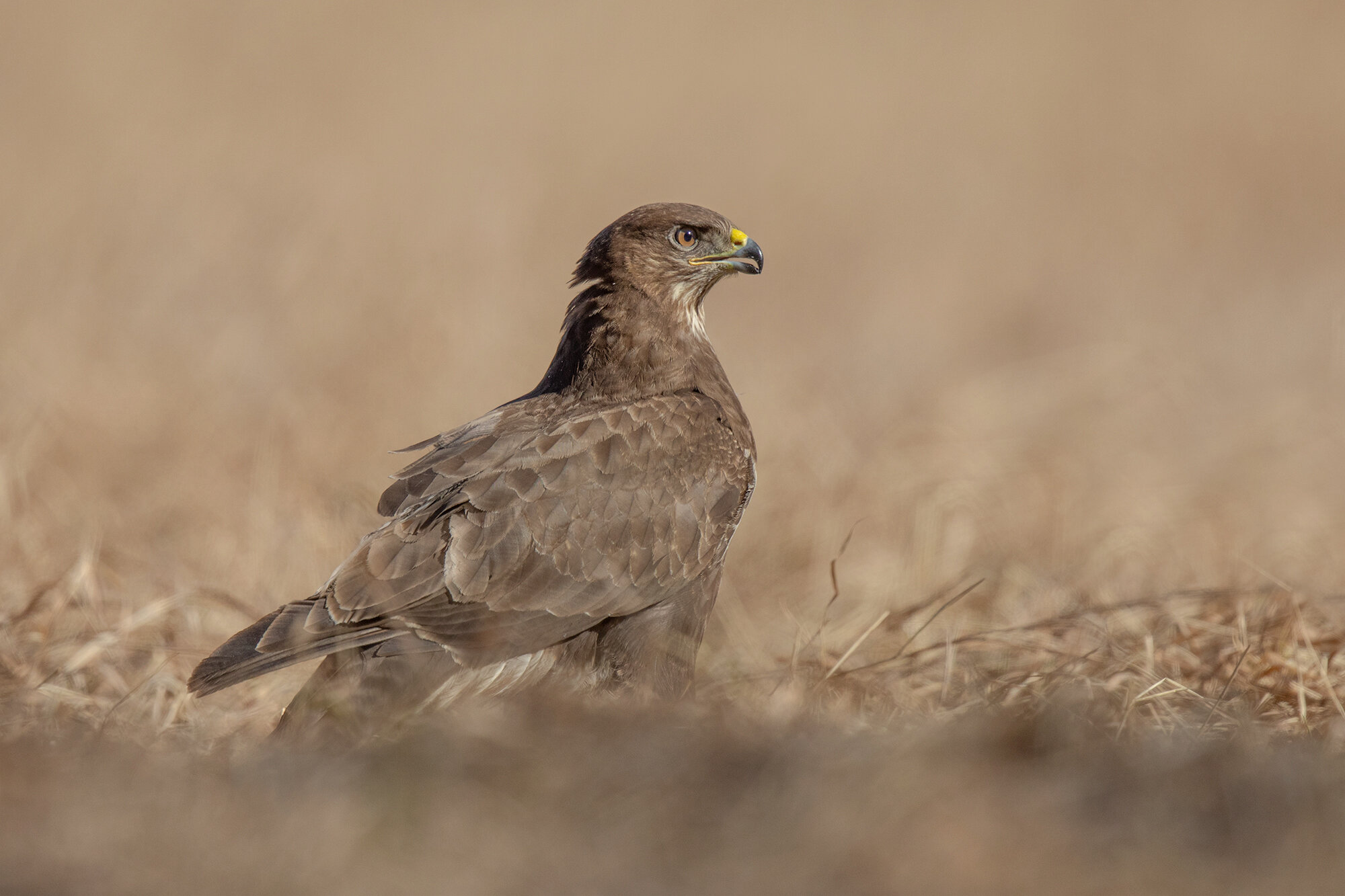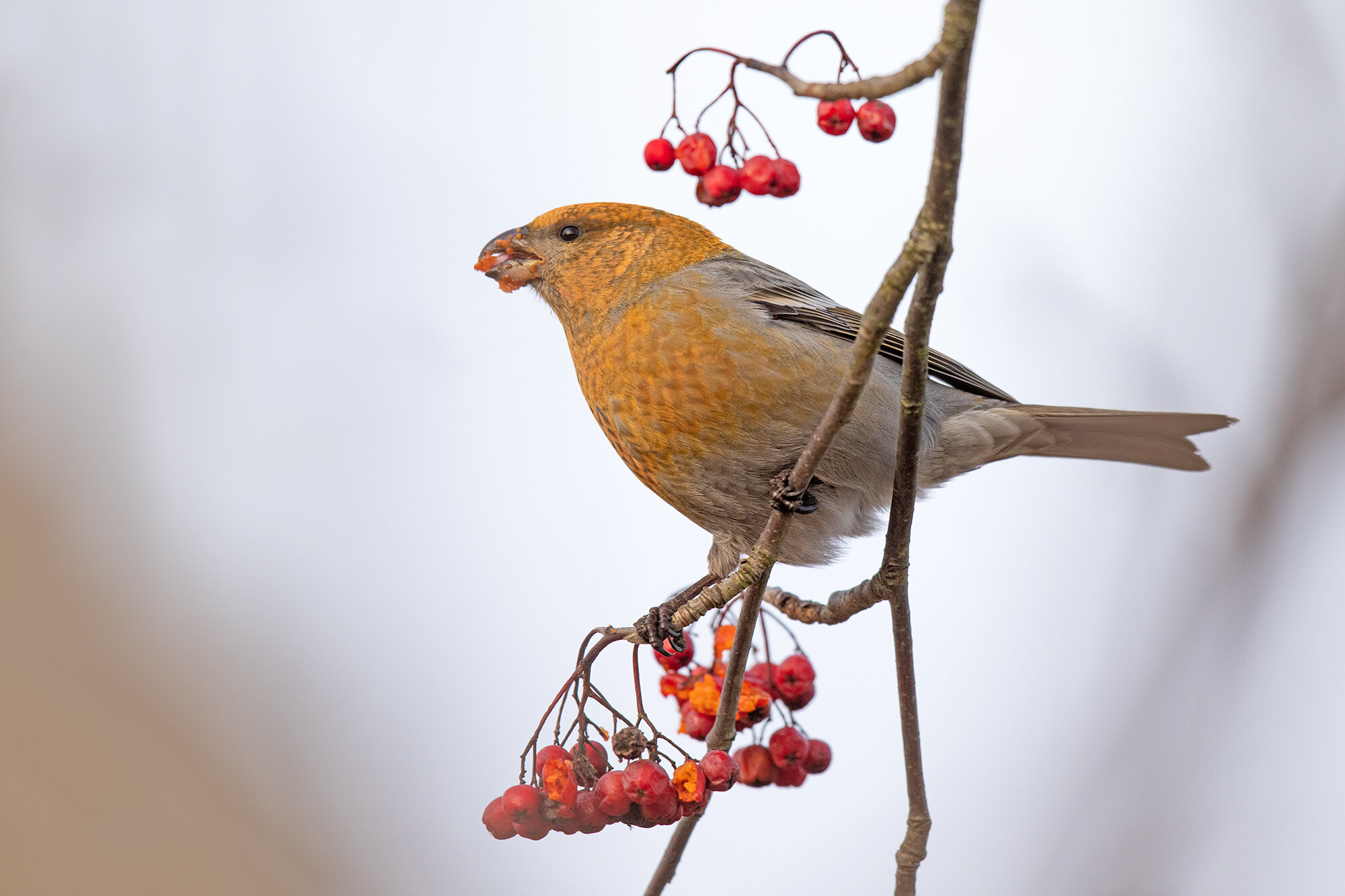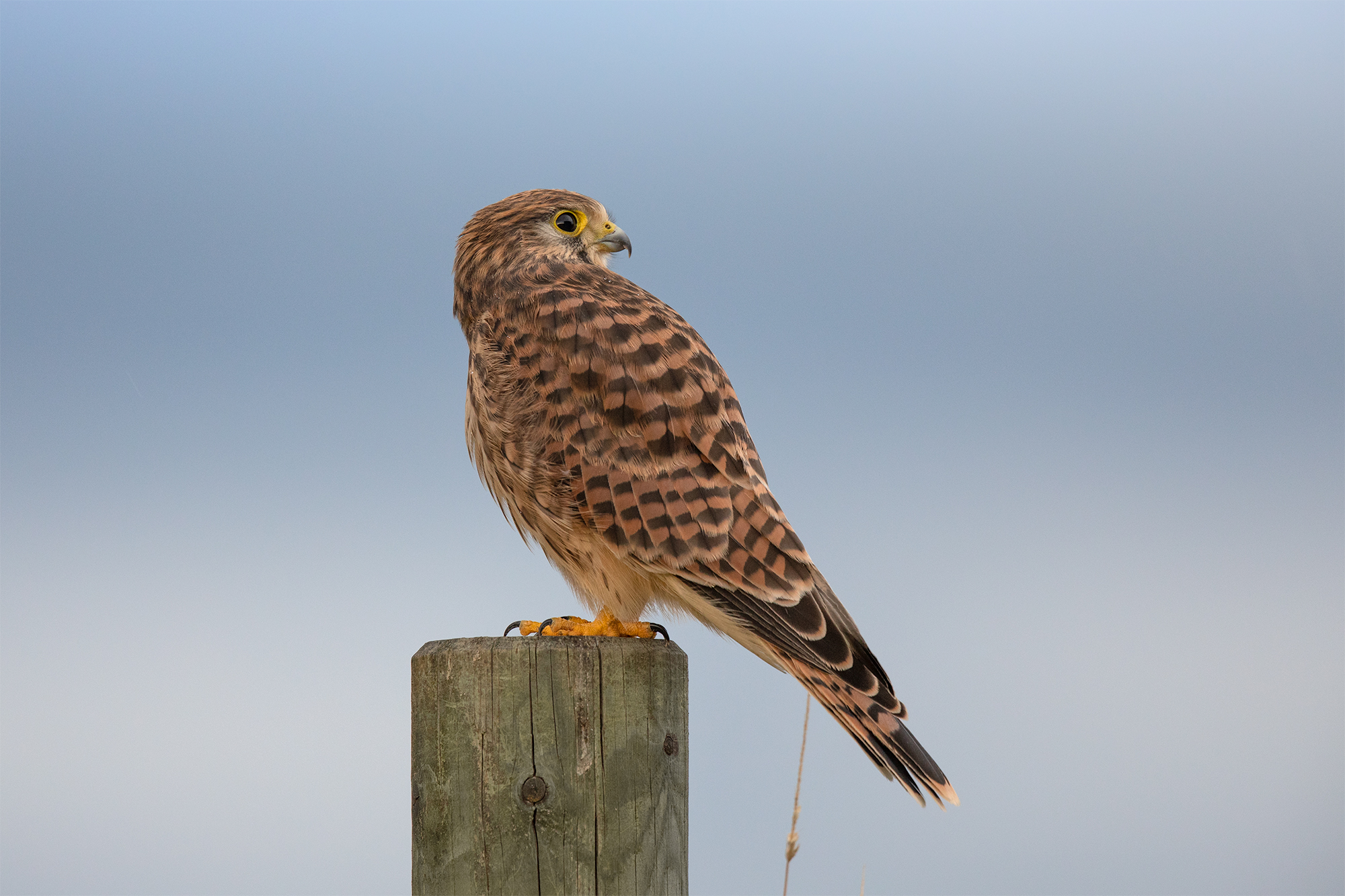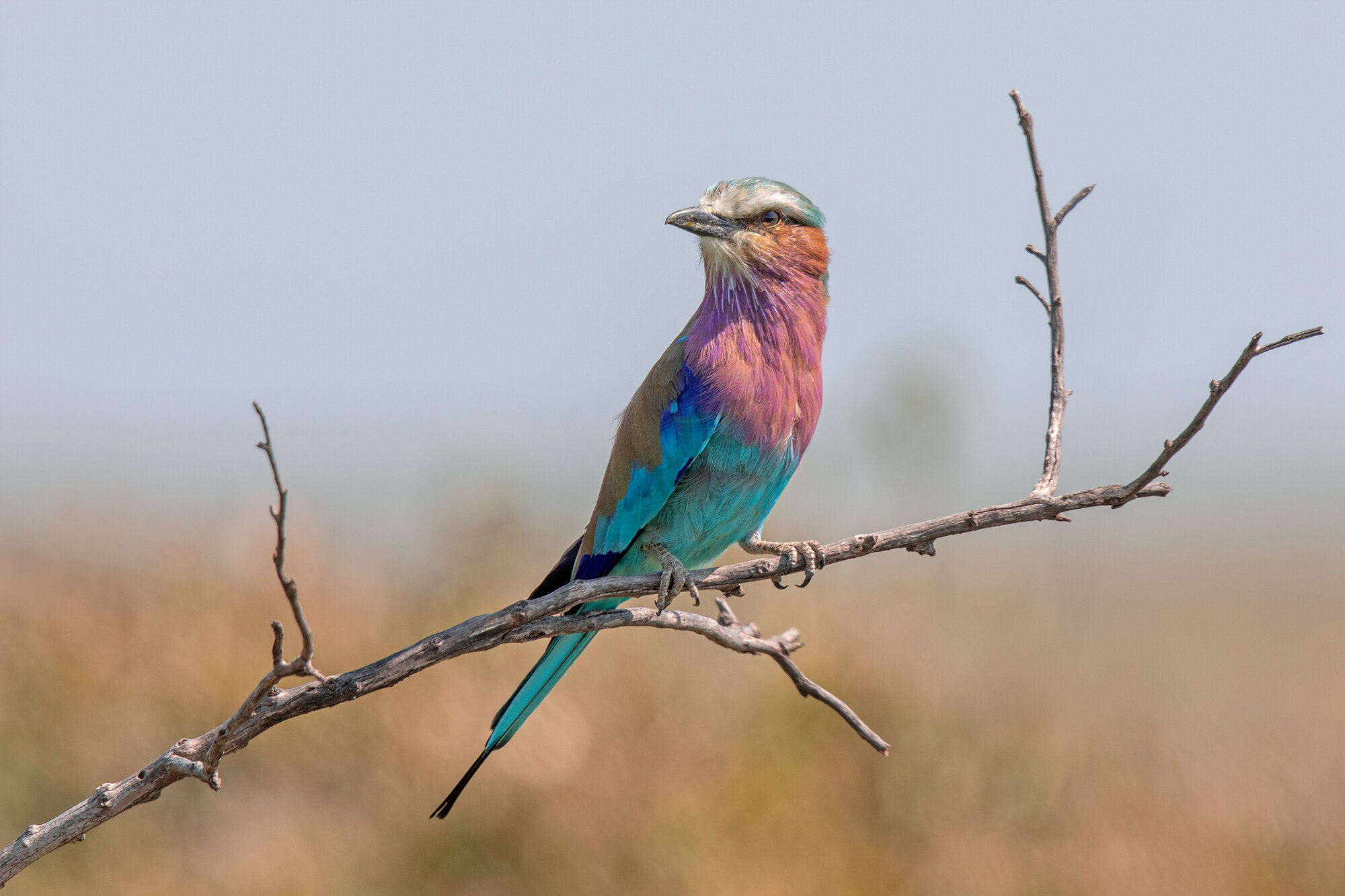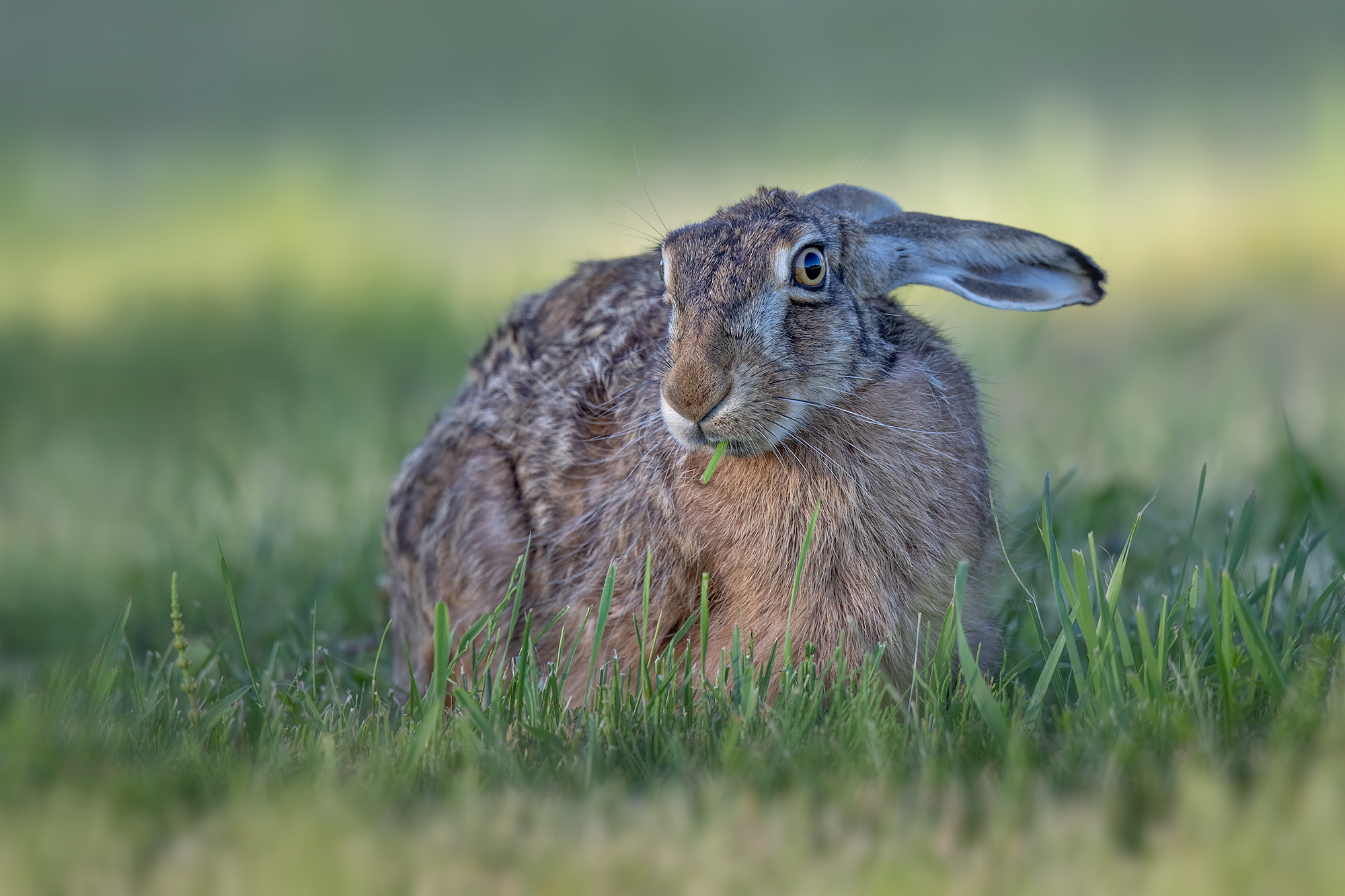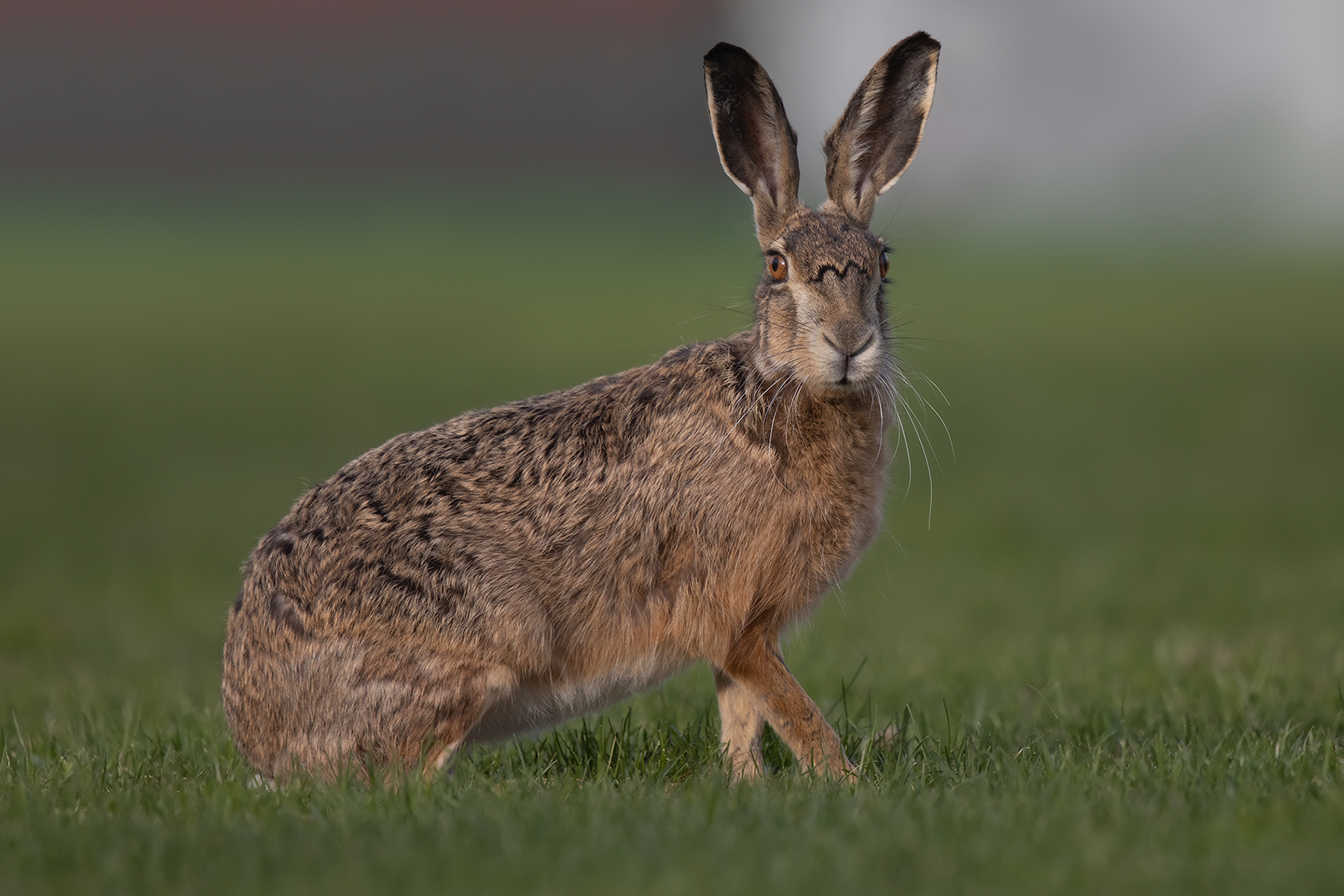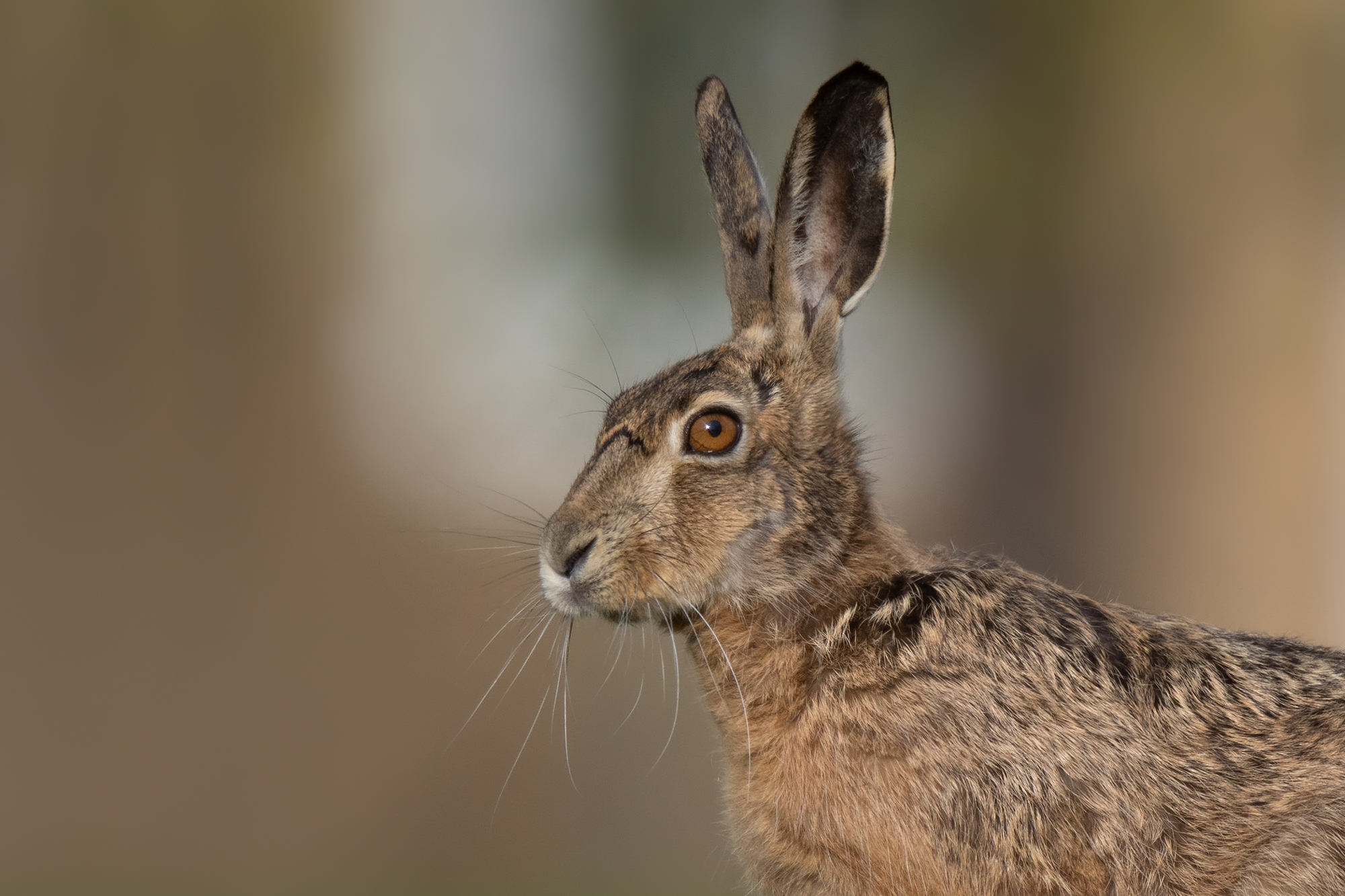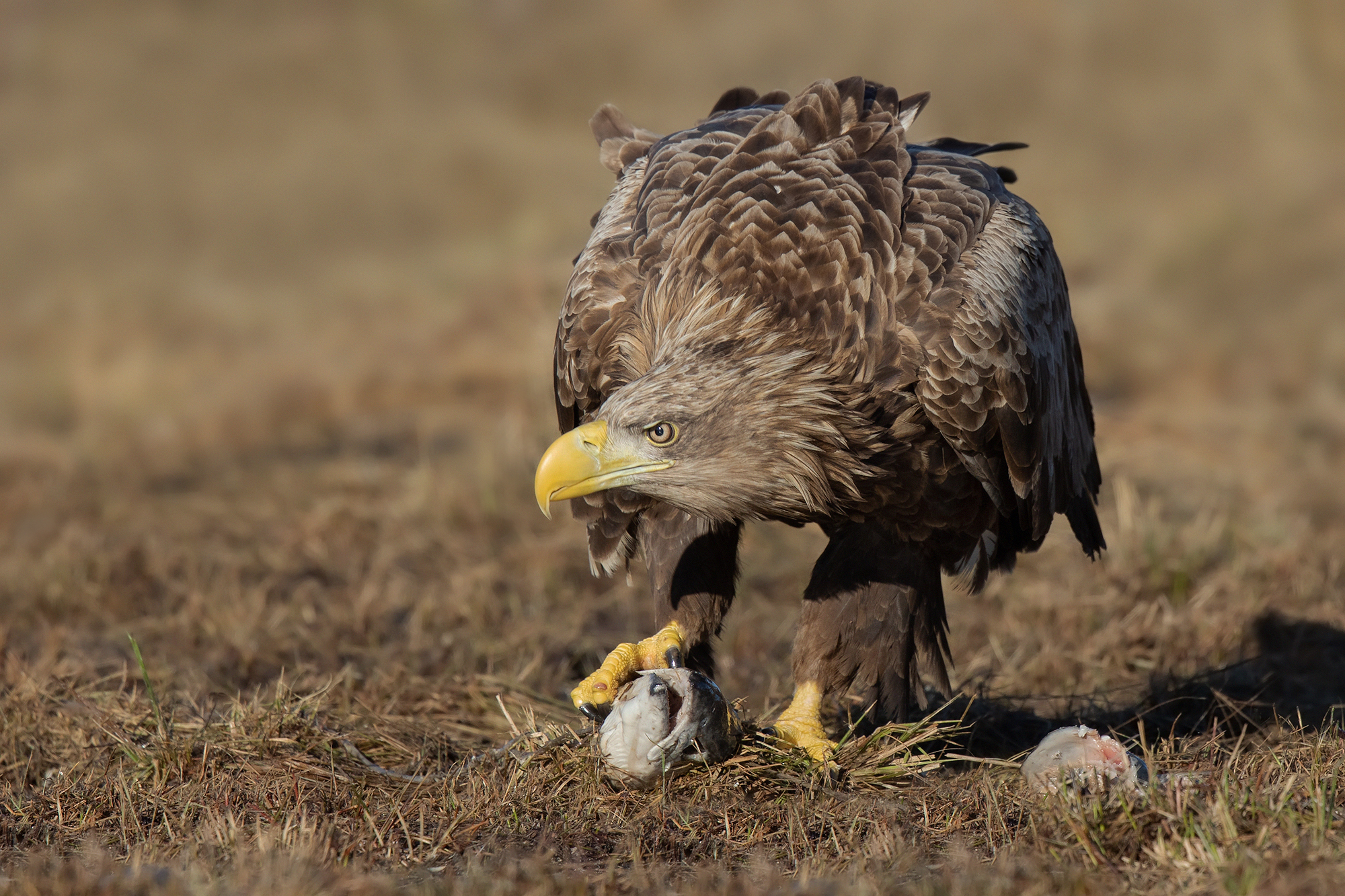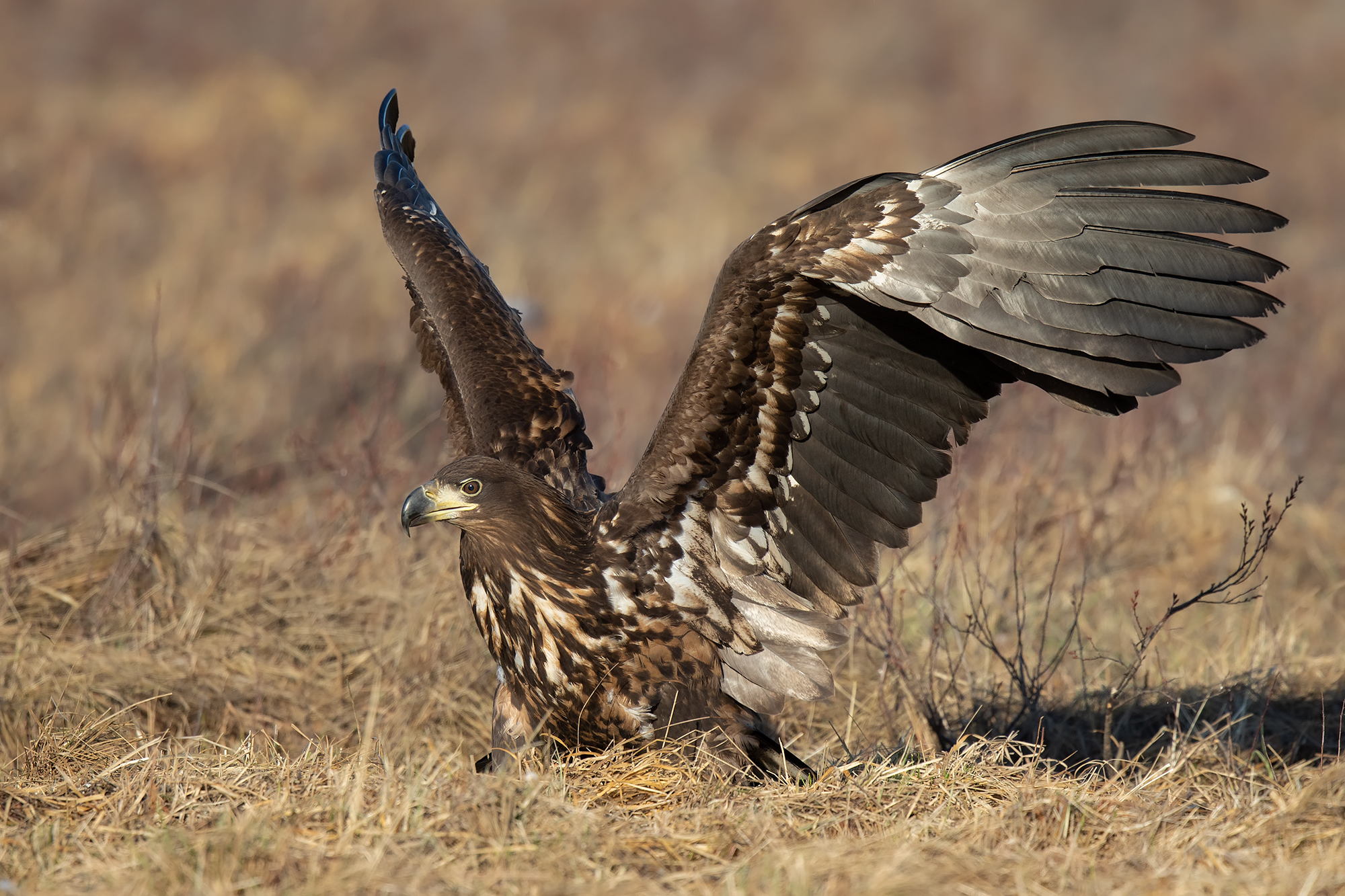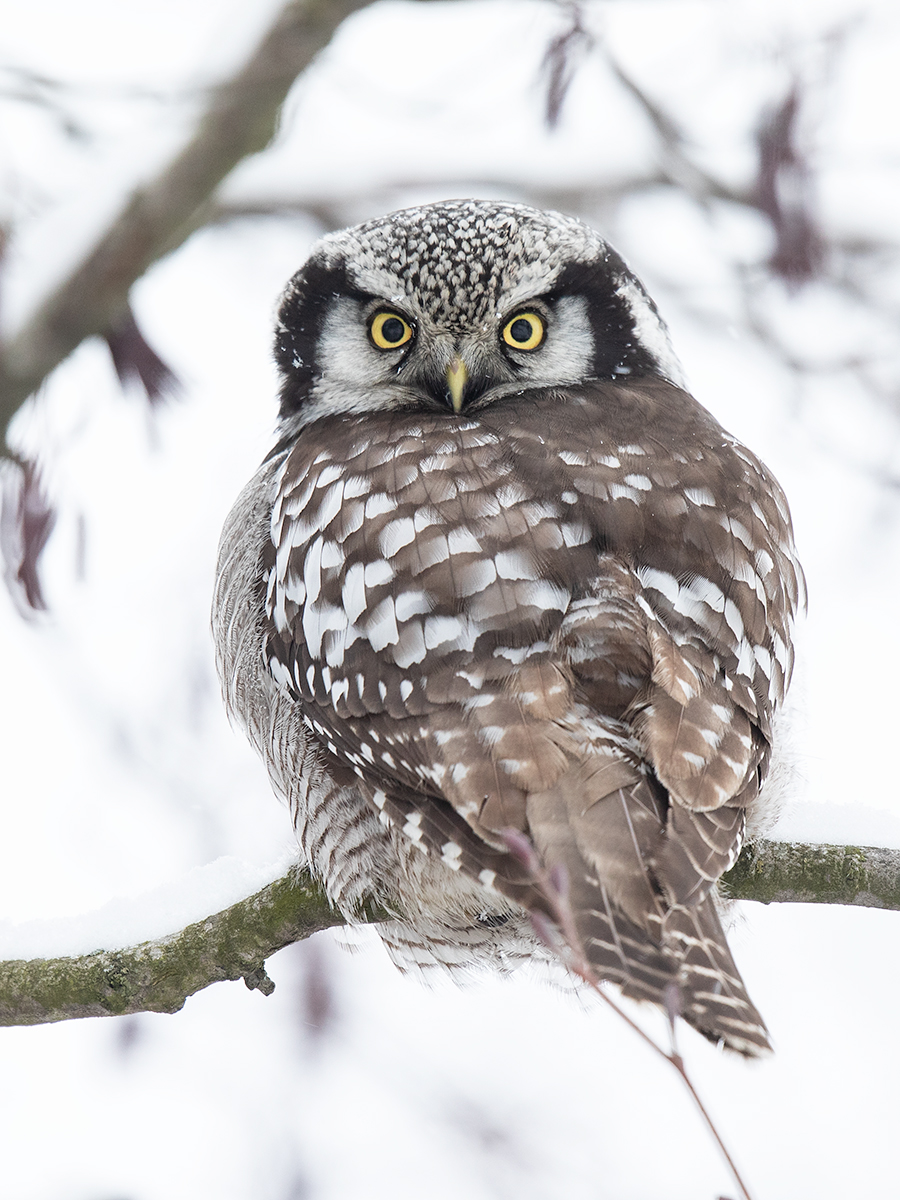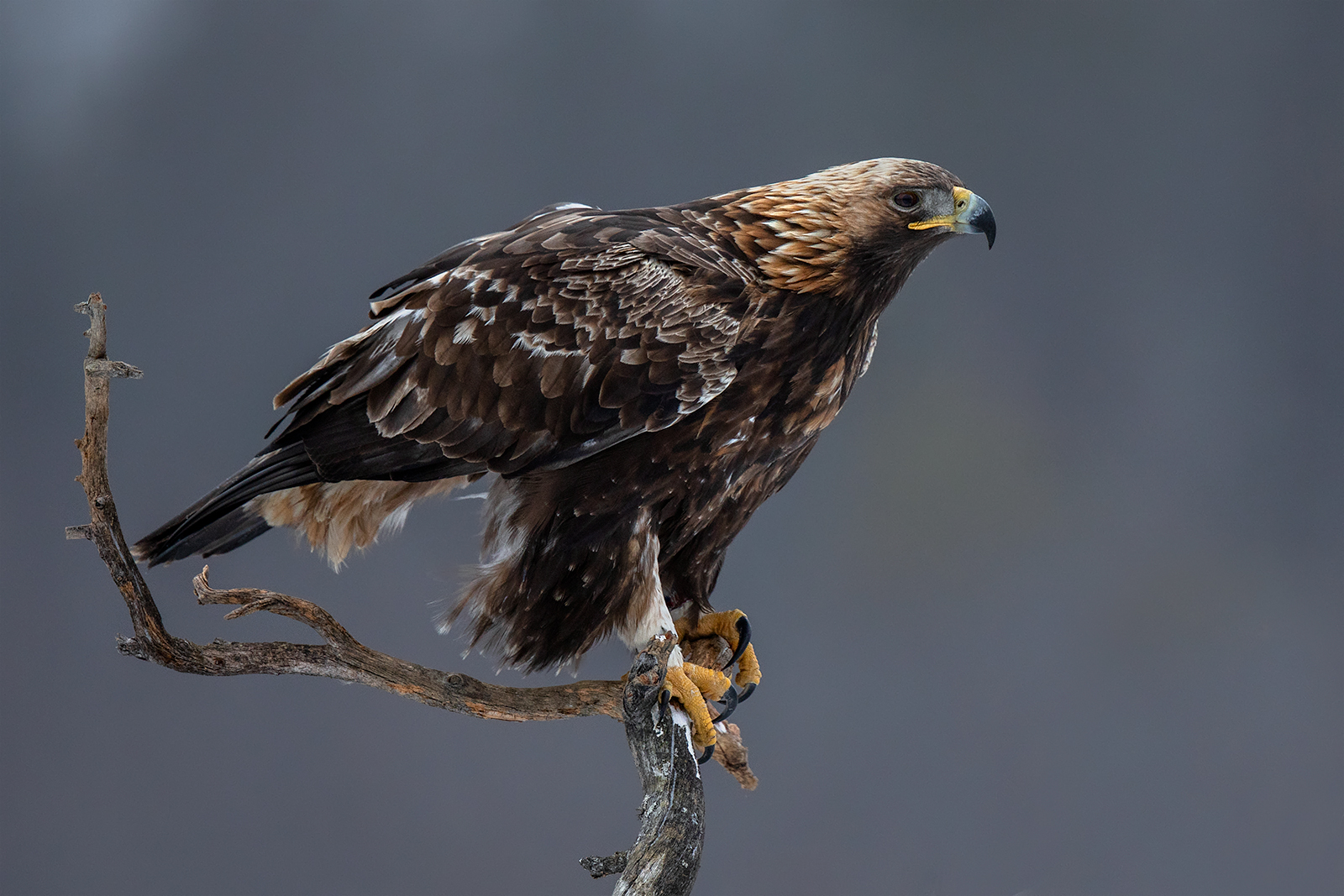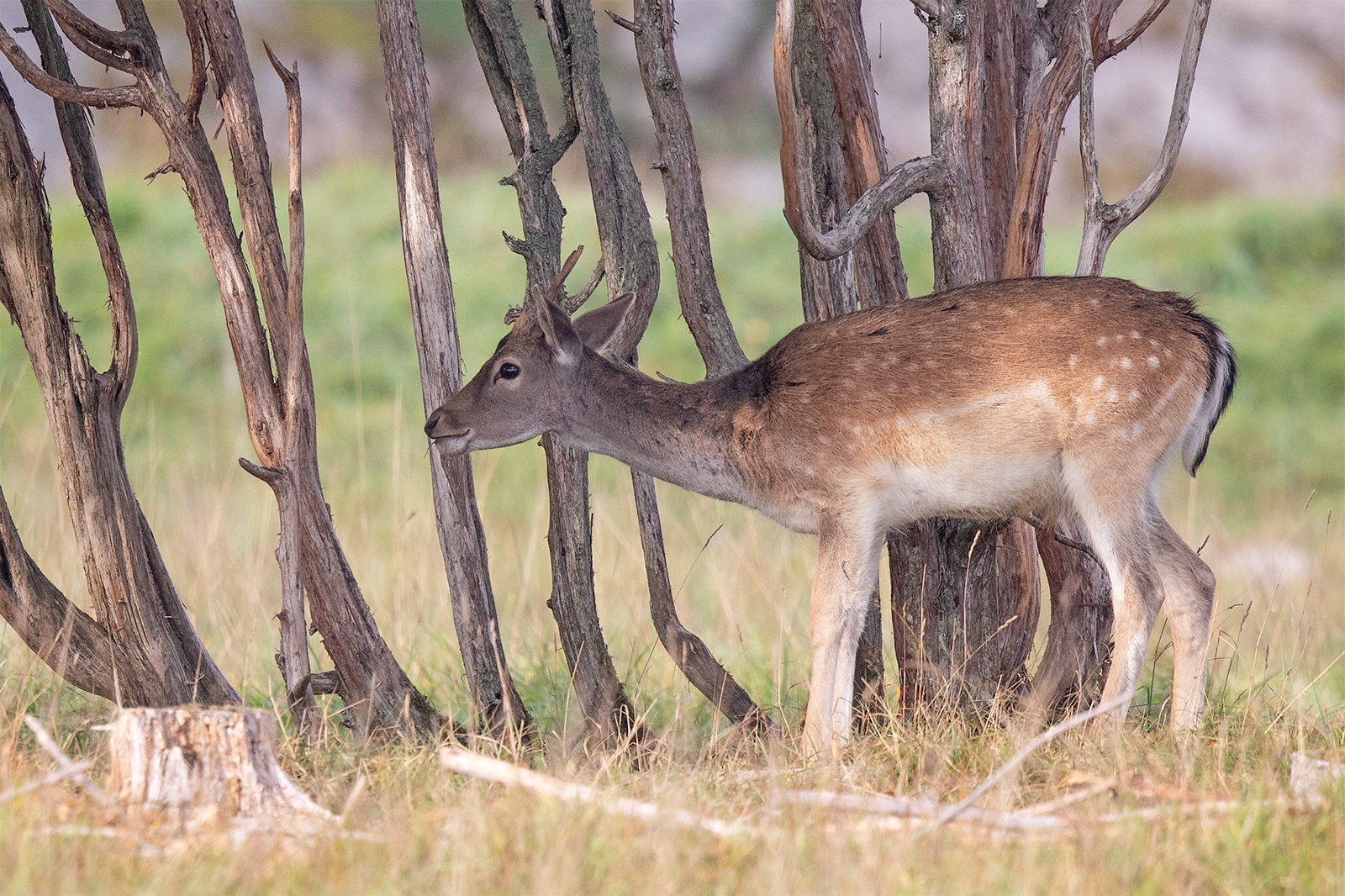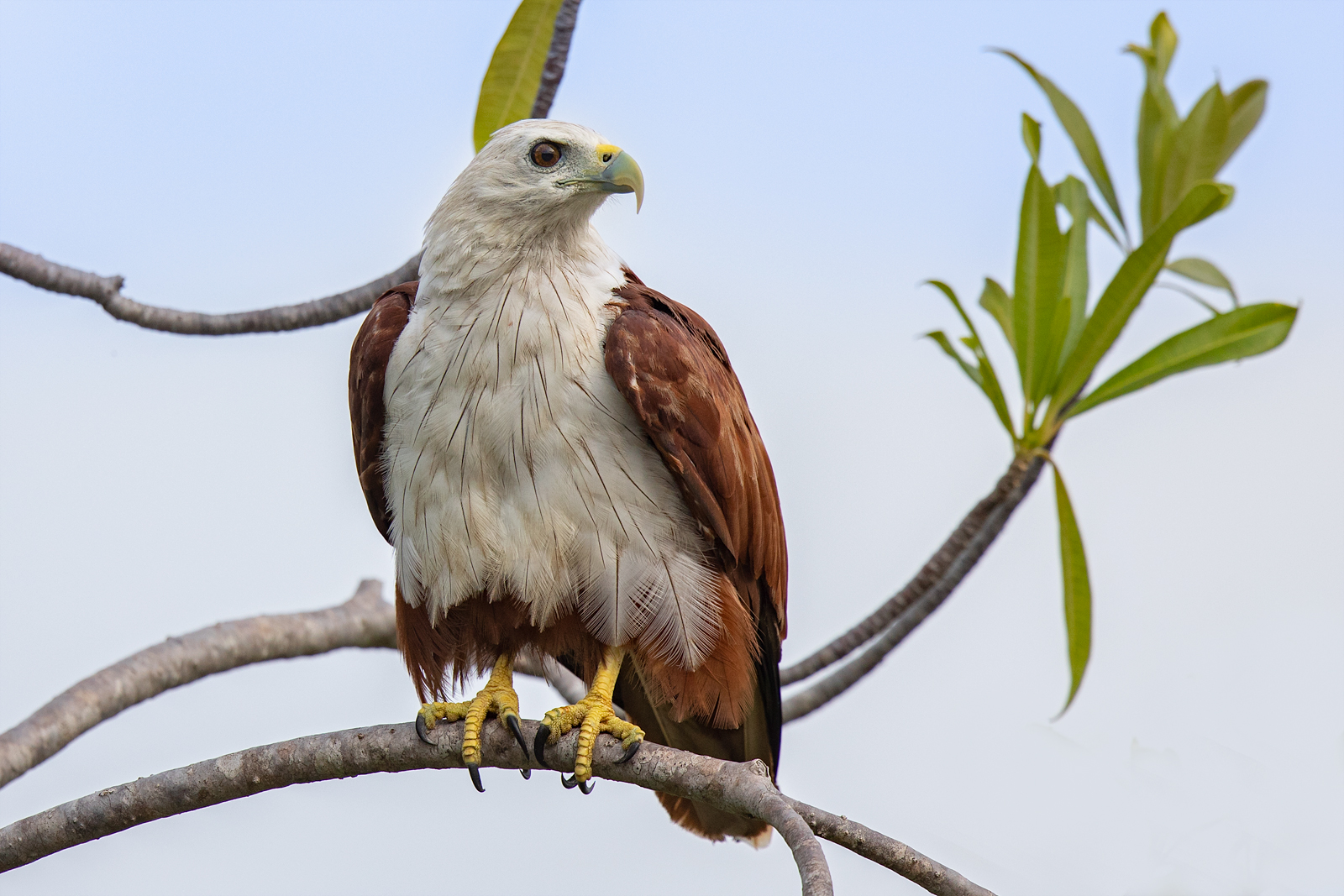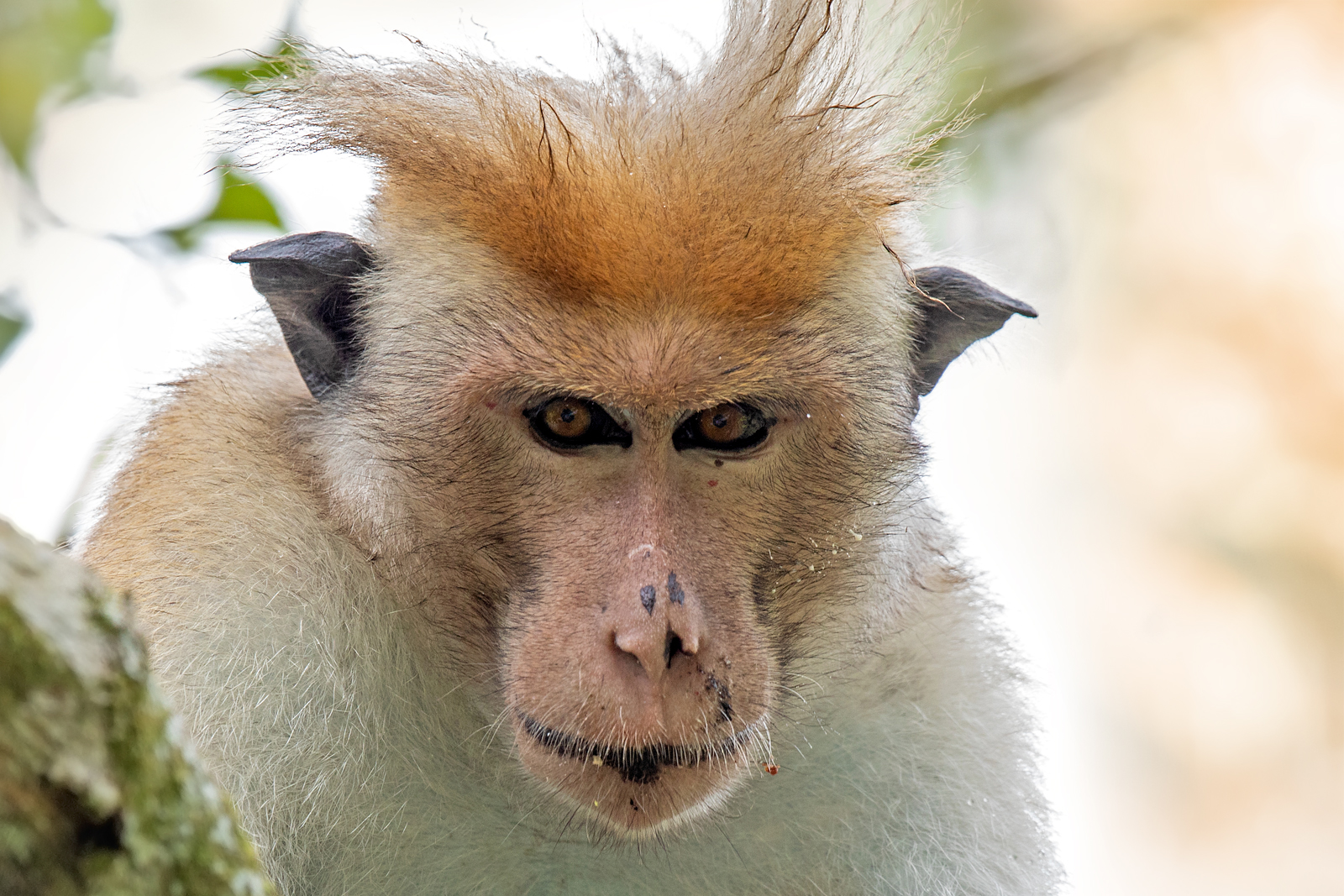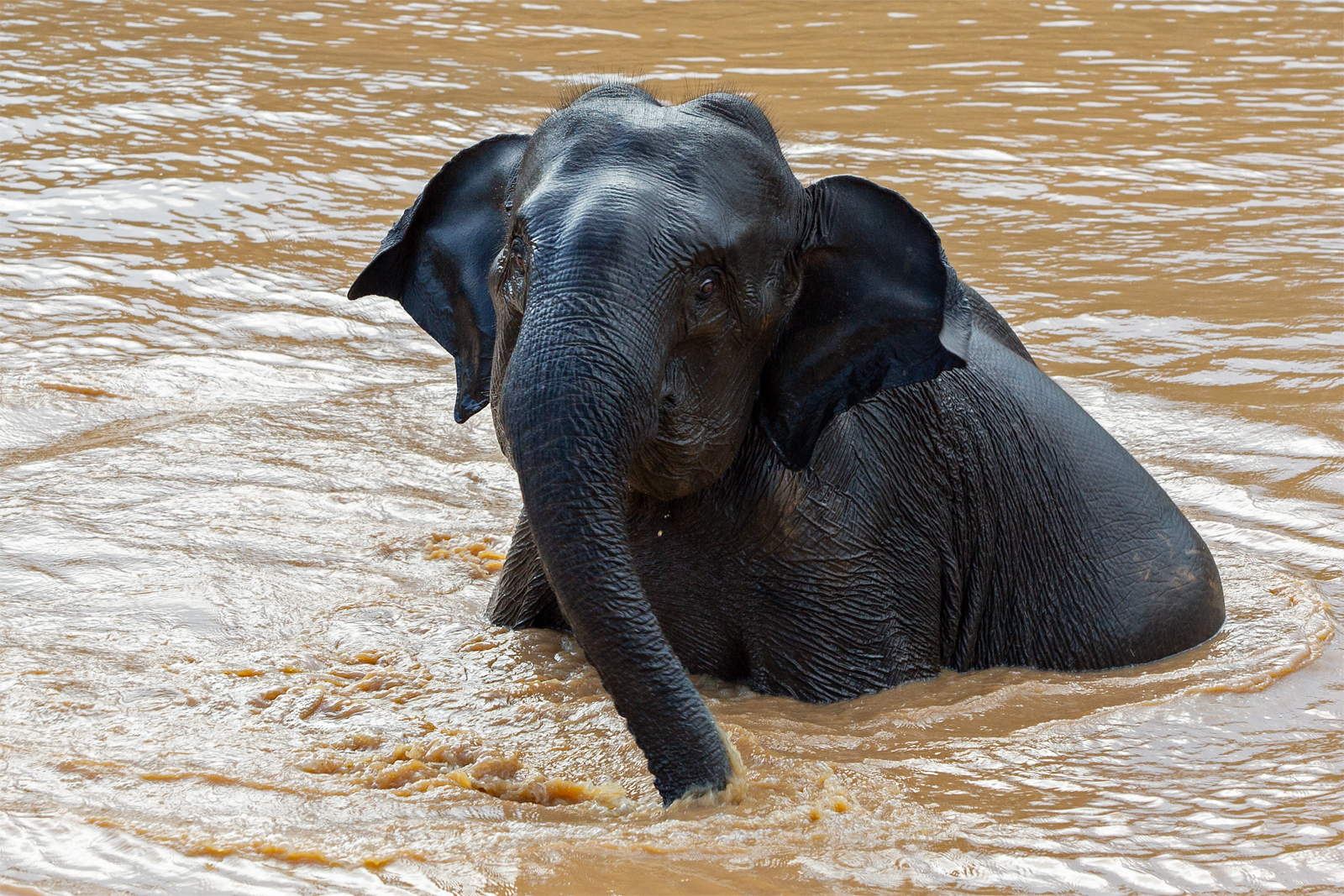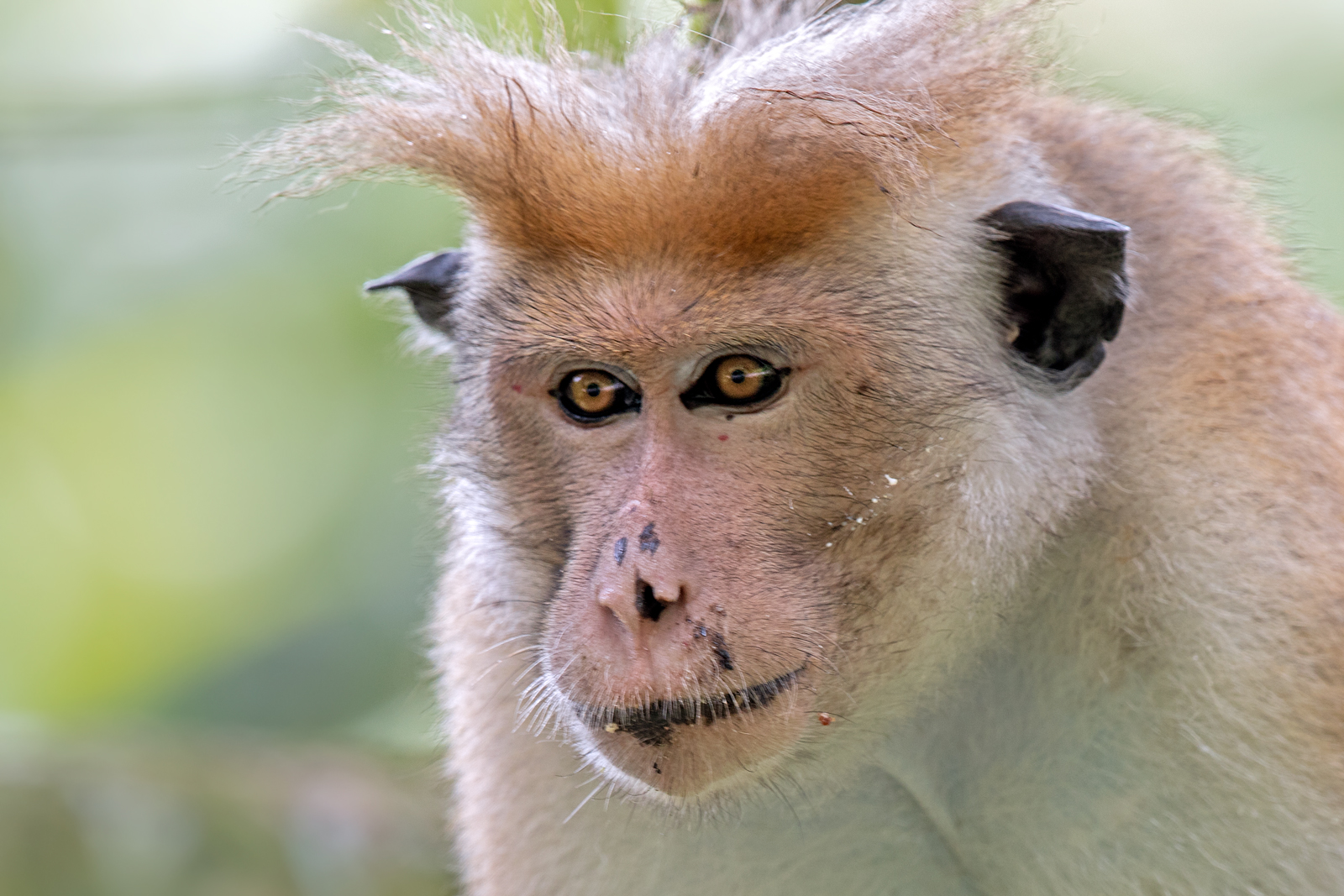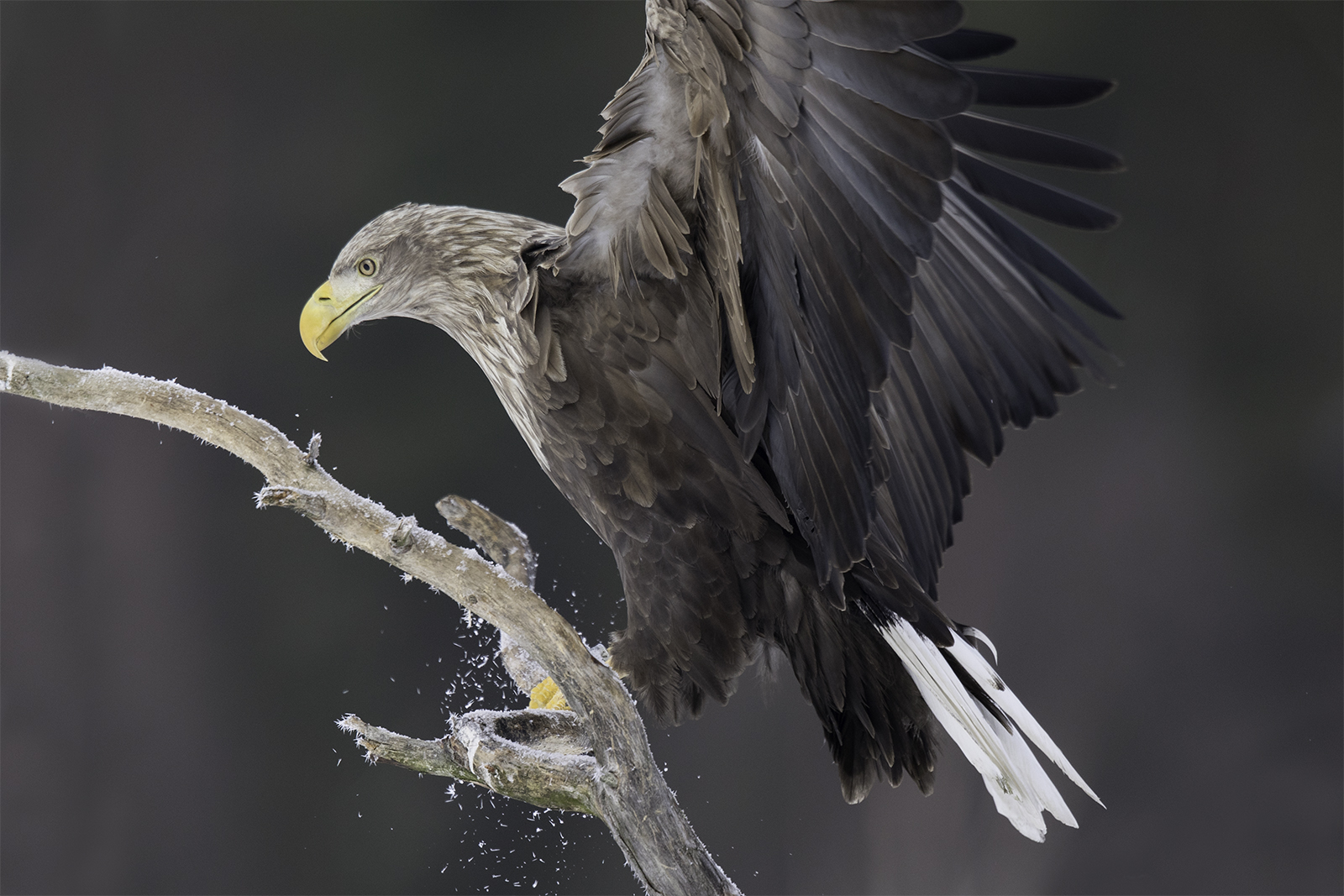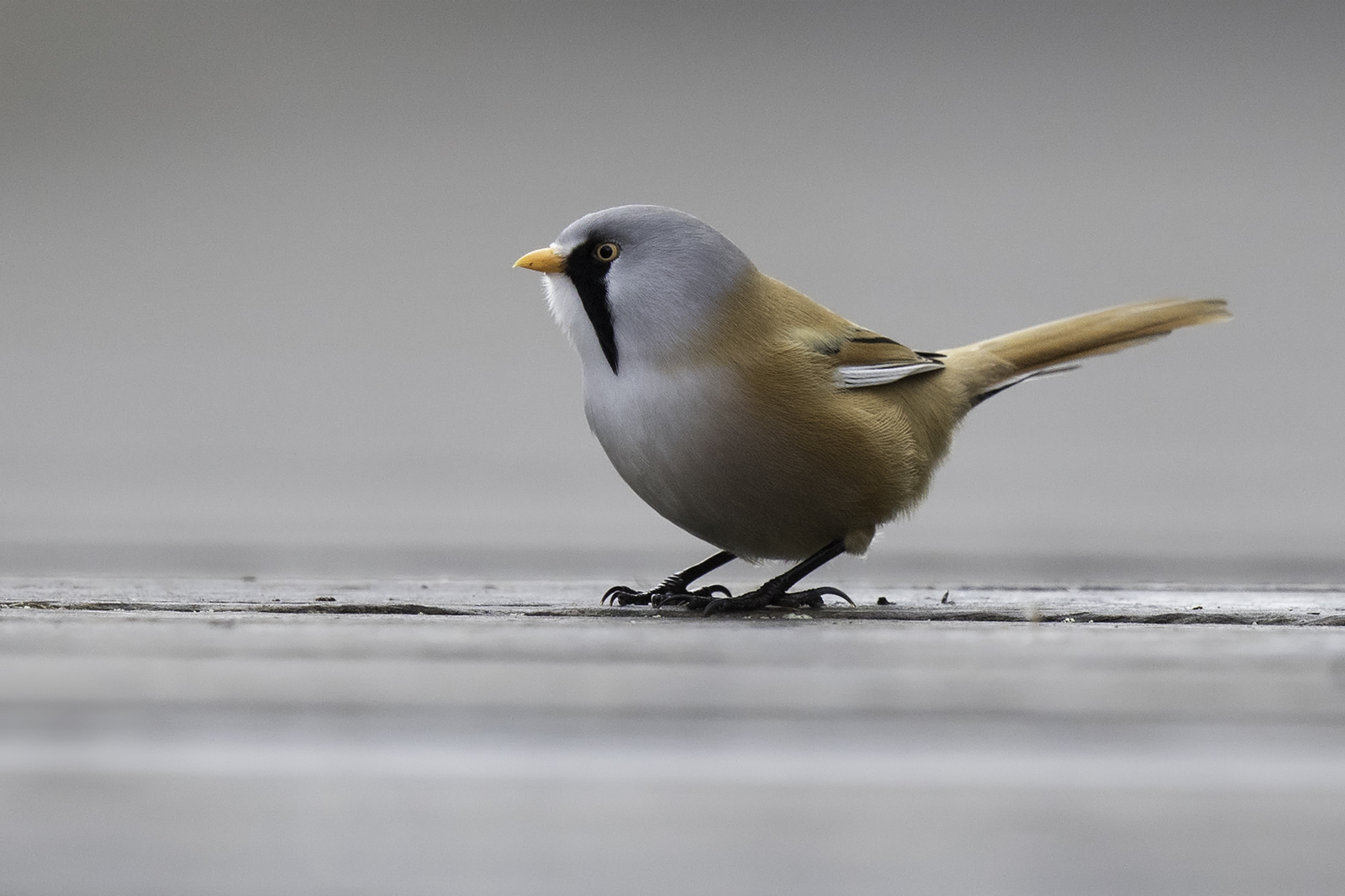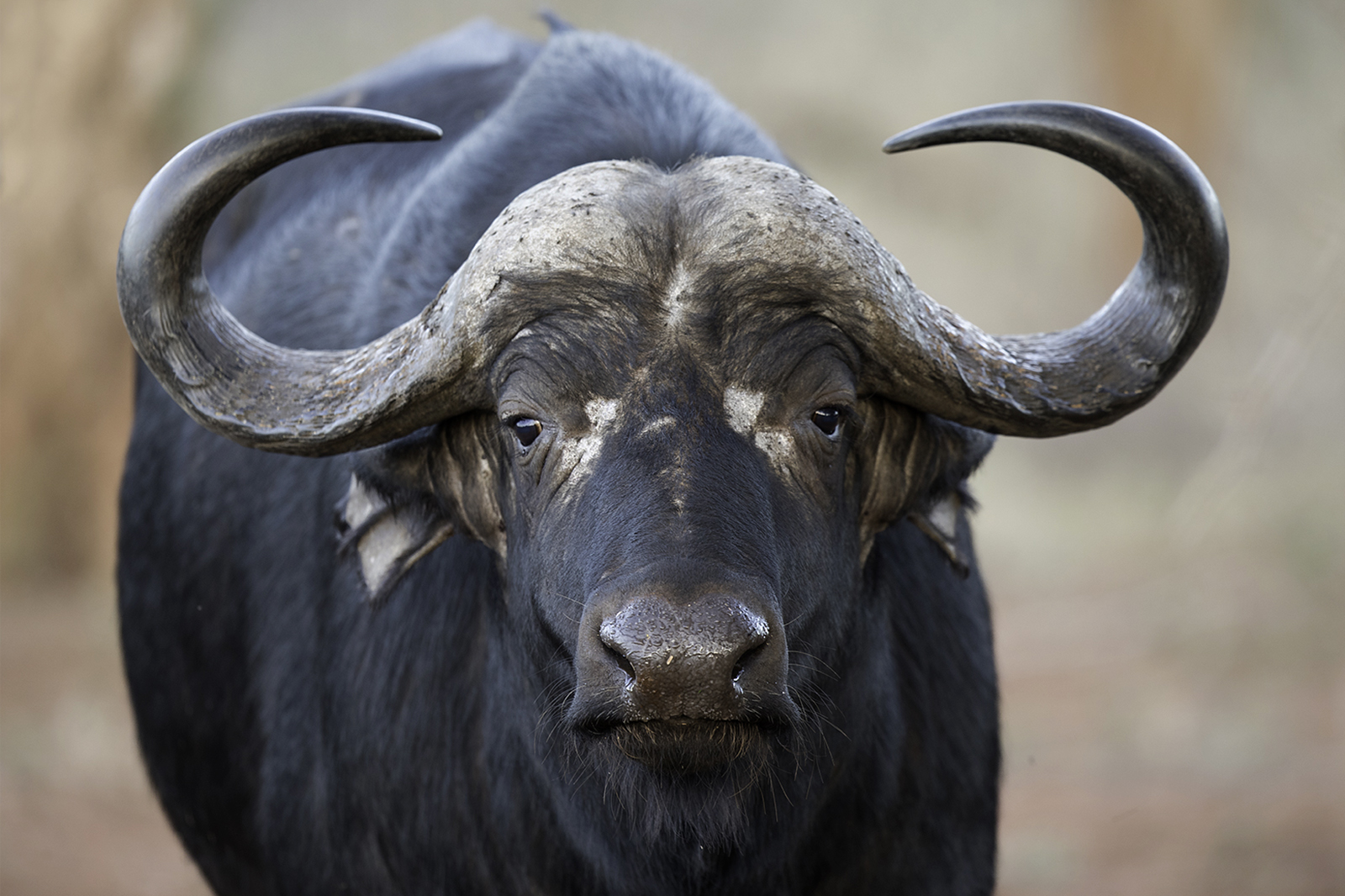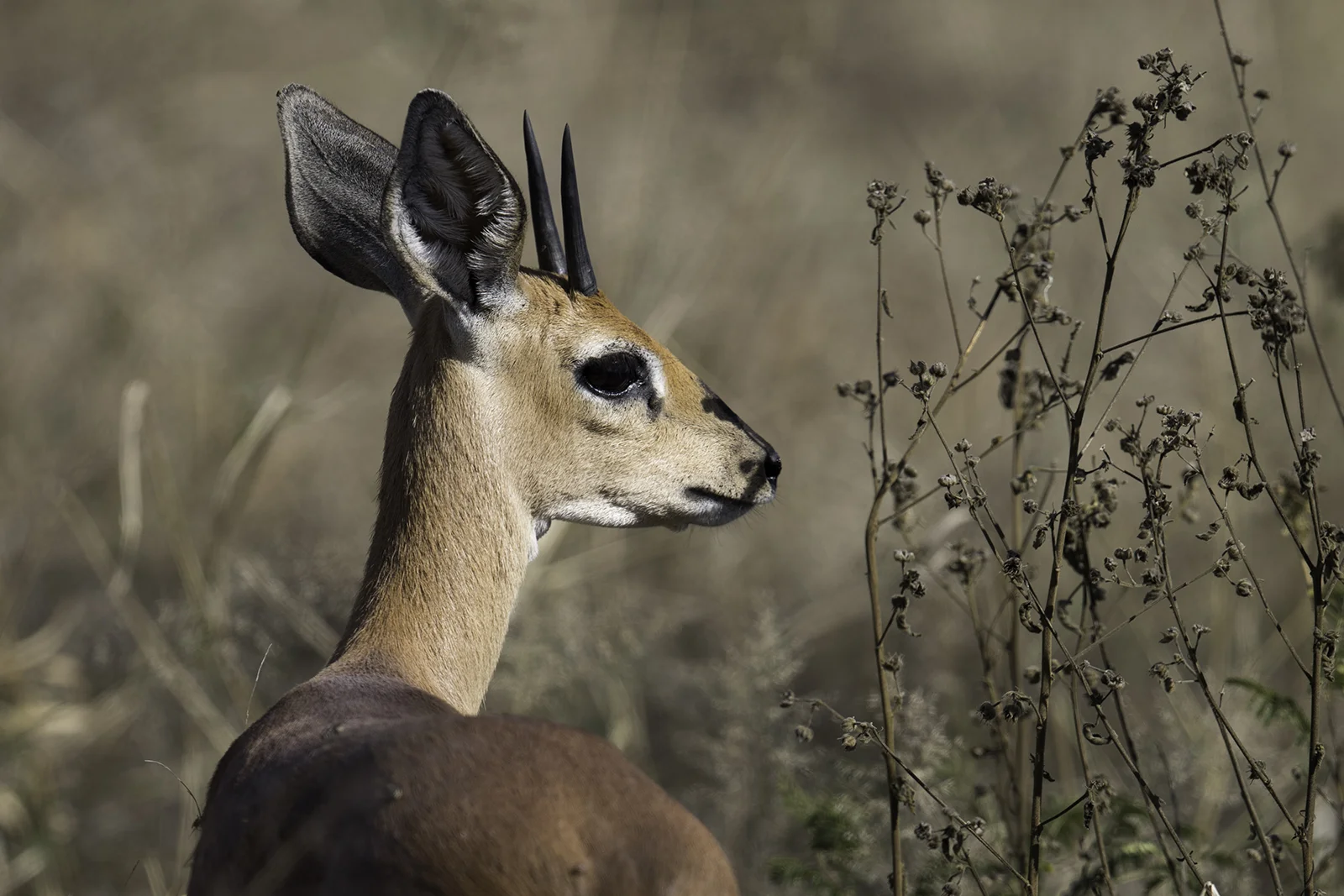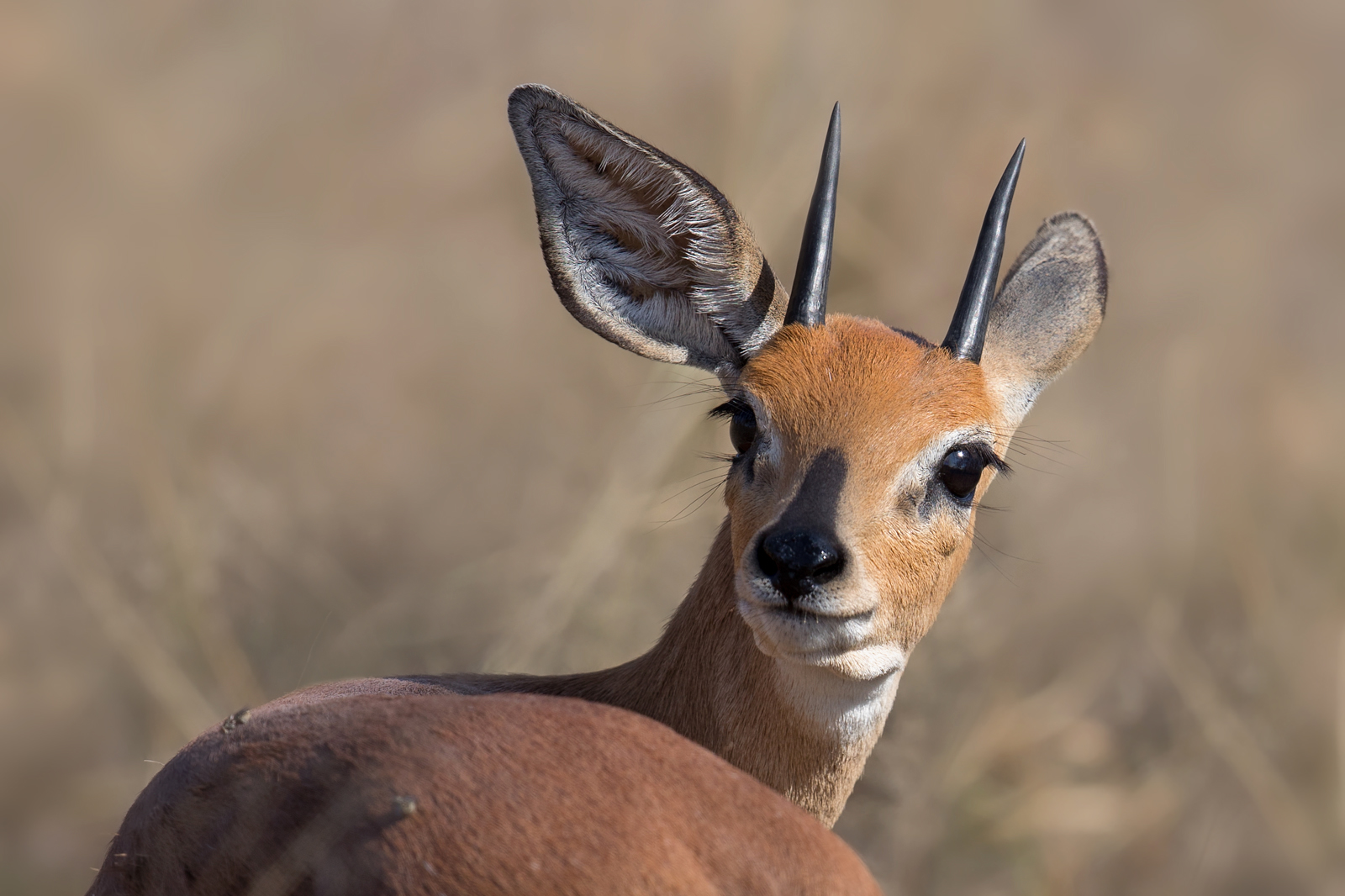This morning I took a short trip and visited the kestrel nest near my home. This years chicks is very skittish (as the parents), so it was a bit har to get close to them. I had the fortune to watch them have breakfast and manage to get close enough to get some images.
Kestrel morning
This morning I took a short trip and visited the kestrel nest near my home. This years chicks is very skittish (as the parents), so it was a bit har to get close to them. I had the fortune to watch them have breakfast and manage to get close enough to get some images.
























